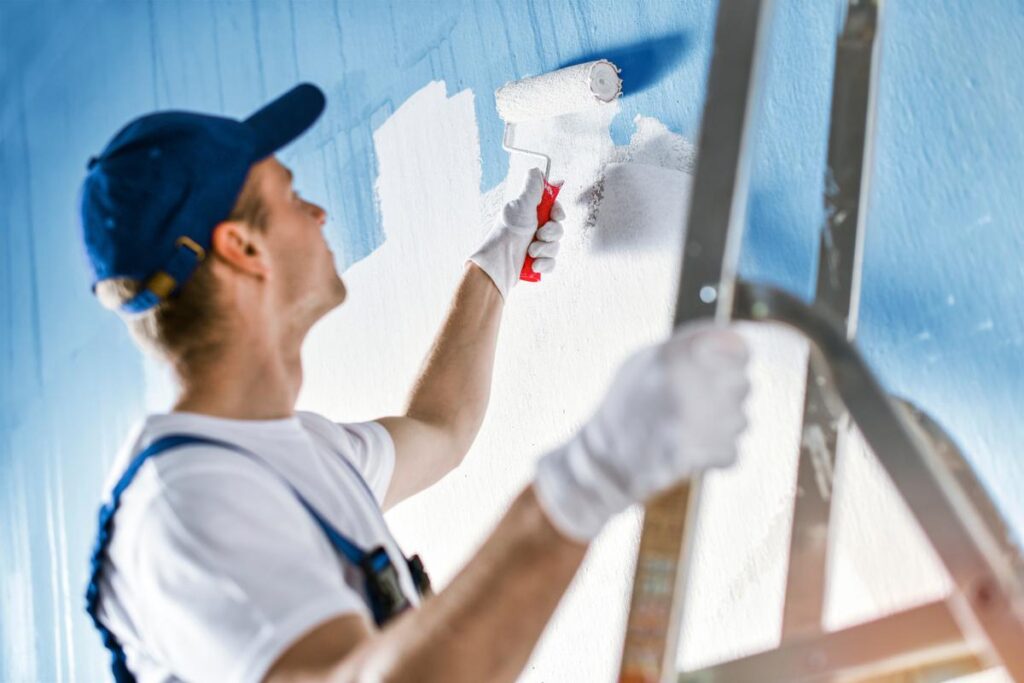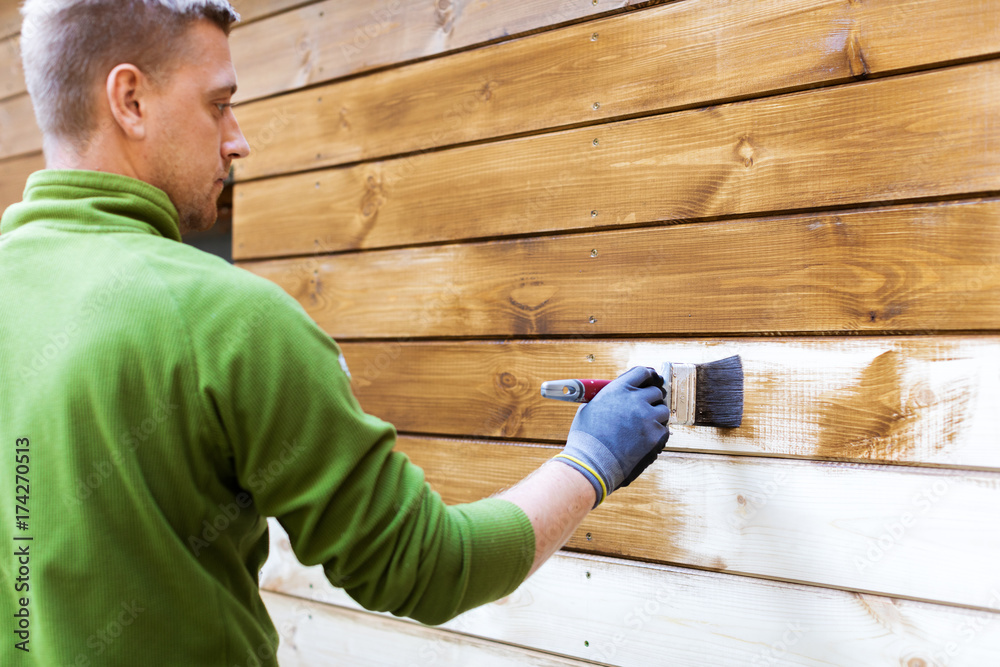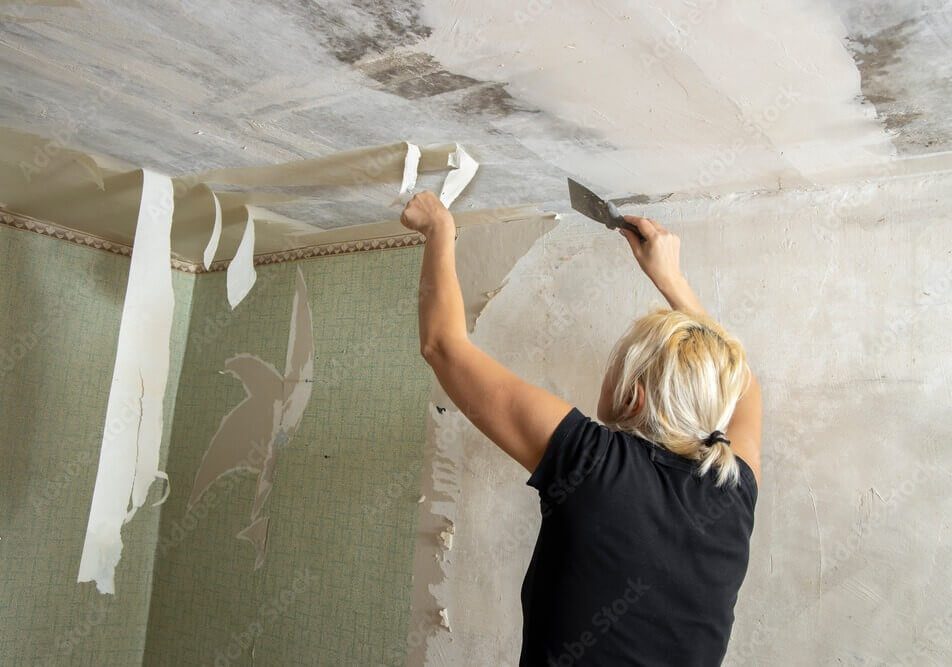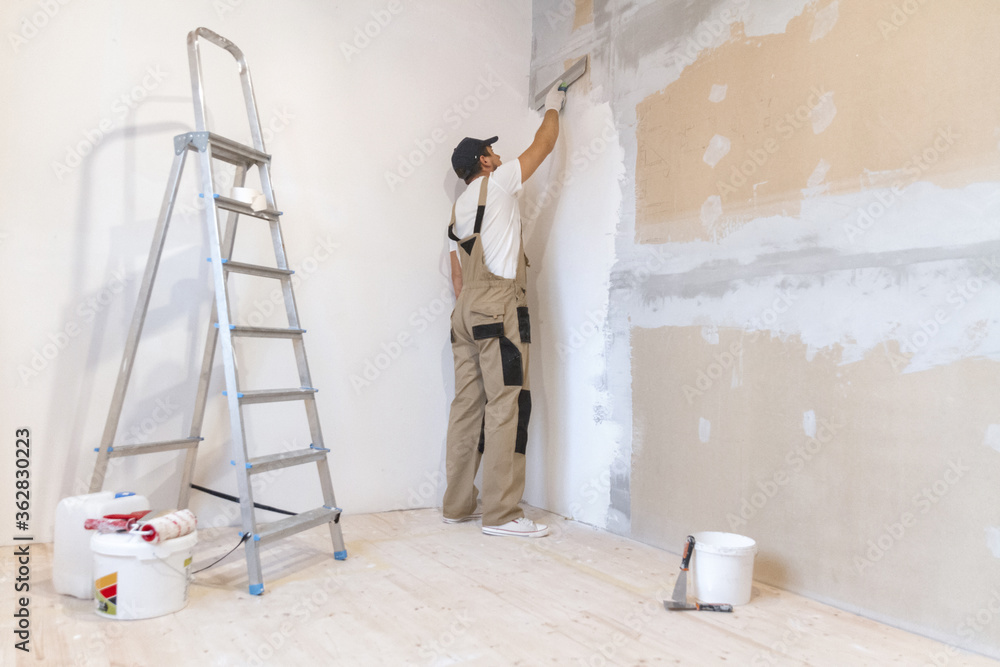SERVING NYC

OBI C. ENE | AUGUST 16, 2022 - 12:30PM

Read and Digest the 10 Rules Listed Below;

As a paint expert, I’m here to provide an in-depth and informative explanation about the differences between oil-based and water-based paints, specifically acrylic and latex paints. Let’s dive right in!
Oil-based paint is a type of paint that uses oil as its base. It contains pigments, solvents, and drying agents that give it a smooth and durable finish. It takes longer to dry compared to water-based paints and requires mineral spirits or paint thinners for cleaning.
Water-based paint, on the other hand, refers to paints that use water as their primary solvent. Acrylic and latex paints are both examples of water-based paints. Acrylic paint is made of pigments suspended in an acrylic polymer emulsion, while latex paint uses a synthetic latex binder. These paints are known for their fast drying time, low odor, and easy cleanup with soap and water.
In summary, oil-based paints offer a durable and glossy finish but require longer drying time and specific solvents for cleaning. Water-based paints, such as acrylic and latex, dry quickly, have low odor, and can be cleaned up with water.
The Differences between Oil-Based & Water-Based Paints
As a paint expert, I’m here to provide an in-depth and informative explanation about the differences between oil-based and water-based paints, specifically acrylic and latex paints. Let’s dive right in!
Oil-Based Paints
Oil-based paints, also known as alkyd paints, were once widely used in architectural applications. However, they have been largely removed from the market due to several reasons, including environmental concerns and the role of Volatile Organic Compounds (VOCs) in paint formulations.

Here are some key points to consider about oil-based paints:
1. Durability and Finish: Oil-based paints are known for their exceptional durability and ability to withstand wear and tear. They provide a hard, glossy finish that resists scratches, stains, and abrasions. This made them popular for high-traffic areas or surfaces that required a smooth and polished appearance.

2. Longer Drying Time: One of the main drawbacks of oil-based paints is their longer drying time. They require more time to cure fully and can be prone to smudging or damage during this process. This can cause inconvenience and delays in completing projects.
3. Solvent-Based and VOCs: Oil-based paints utilize mineral spirits or other solvents for thinning and cleanup. These solvents contain high levels of VOCs, which are volatile chemicals that can have adverse effects on indoor air quality and human health. Due to stricter environmental regulations and growing awareness of these concerns, the use of oil-based paints has significantly decreased in architectural applications.

Water-Based Paints (Acrylic/Latex):
Water-based paints, specifically acrylic and latex paints, have emerged as the preferred choice in architectural applications. They have outperformed oil-based paints in various aspects, including moisture resistance, mildew resistance, and durability. Here’s why:

1. Ease of Use and Cleanup: Water-based paints are easy to work with, have a faster drying time, and offer quick cleanup with just soap and water. This not only saves time but also eliminates the need for harsh solvents, making them more user-friendly and environmentally conscious.
2. Low VOC Content: Acrylic and latex paints have significantly lower VOC content compared to oil-based paints. They emit fewer odors, contribute to better indoor air quality, and comply with stricter environmental regulations. This makes them a safer choice for both professionals and homeowners.
3. Moisture and Mildew Resistance: Water-based paints, especially 100% acrylics, possess excellent moisture resistance properties. They create a protective barrier that prevents moisture penetration, reducing the risk of peeling, cracking, or blistering. Additionally, these paints are formulated to resist mildew growth, making them ideal for humid environments such as bathrooms or kitchens.

4. Color Retention and Durability:
Acrylic and latex paints have outstanding color retention over time. They resist fading and maintain their vibrancy for extended periods. Moreover, they are flexible and can withstand temperature changes and surface movement, ensuring long-lasting durability.

In summary, the removal of oil-based paints from the market for architectural applications is primarily due to environmental concerns and the high VOC content in their formulations. Water-based paints, particularly acrylic and latex paints, offer numerous advantages such as ease of use, low VOC content, moisture resistance, mildew resistance, color retention, and durability. These benefits have made them the preferred choice among professionals and homeowners alike.
Our Mascot of the Week





(973) 393-5677
3 Responses